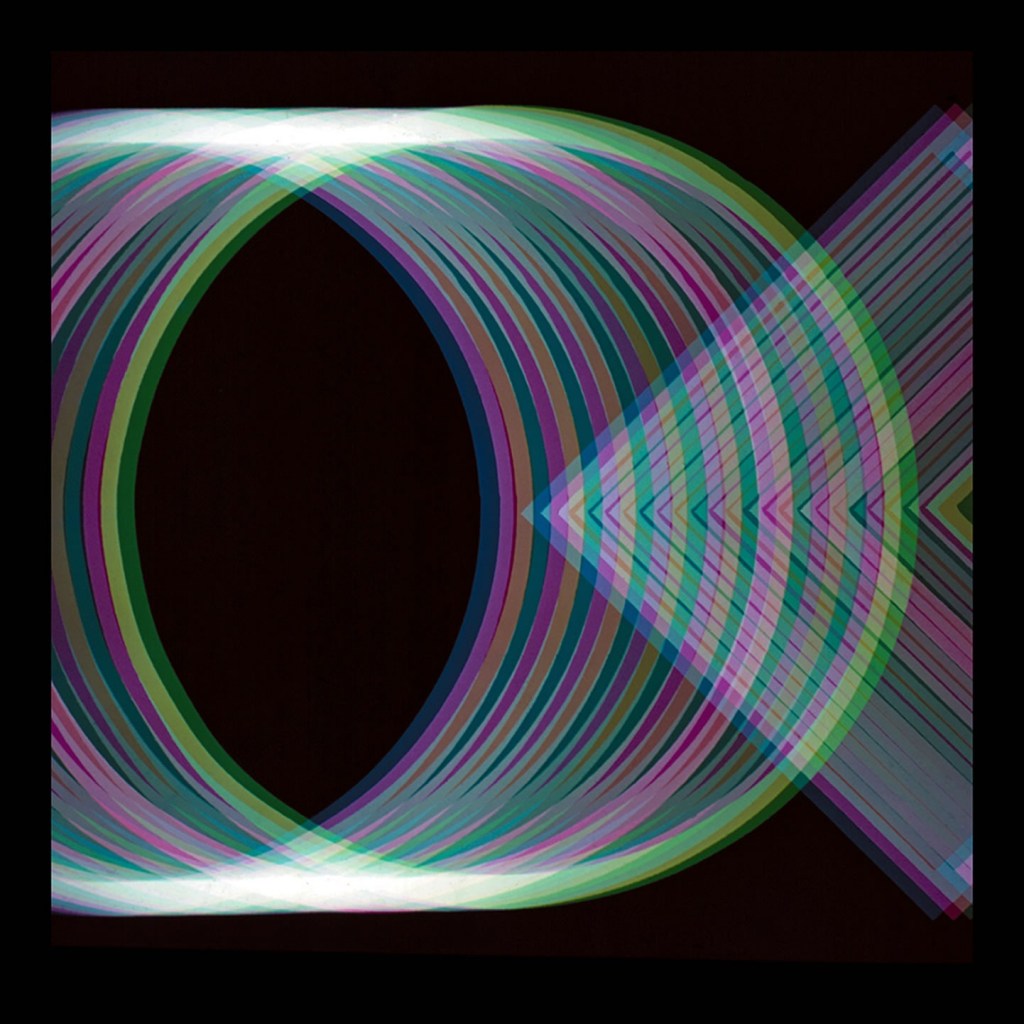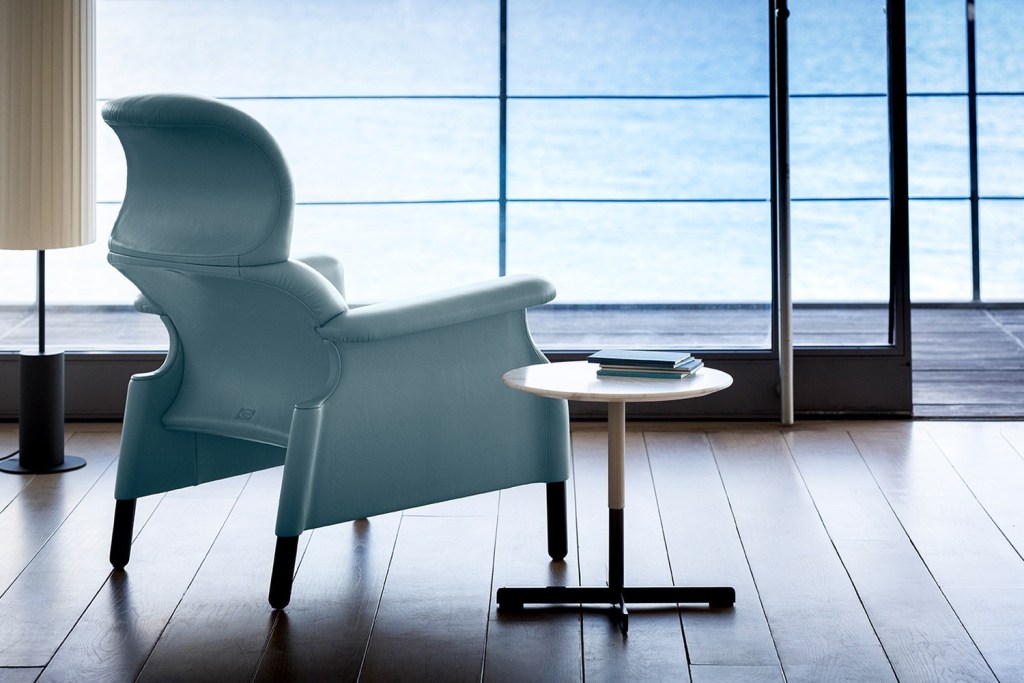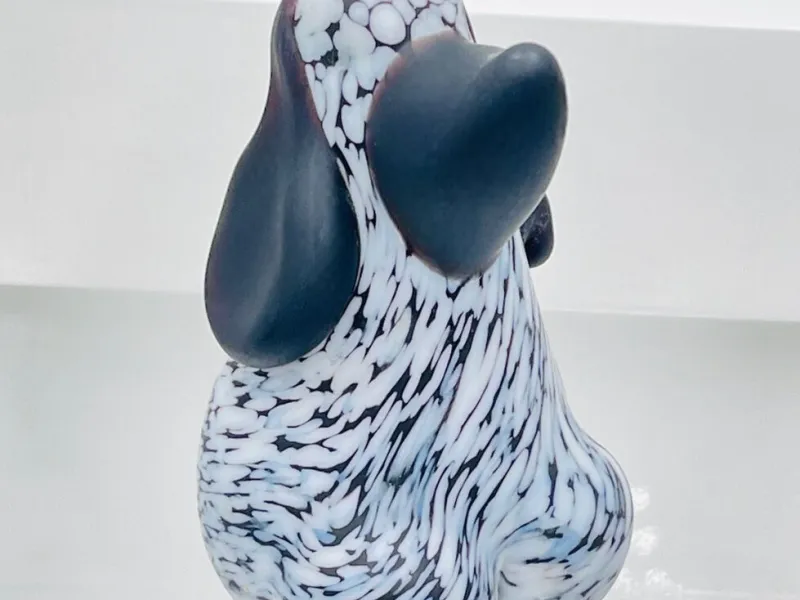
Carlo Mollino (1905 – 1973) was an Italian architect and designer. He was born in Turin.
Today, Carlo Mollino seems just as important as when he was alive. The designer left his mark on the world of industrial design of the 20th century through one-of-a-kind objects, incorporating new techniques and materials produced rather than batch productions in the form of collector’s items. With countless artists and designers following in the footsteps of an innovator who cherished craftsmanship over mass manufacturing, his reputation as an artisan lives today.
Embed from Getty ImagesEducation
He studied engineering in 1929 art history at the Ghent Art School.
Royal School of Architecture, University of Turin, to 1931.
Biography
He began his career as an architect in his father’s office in Turin. Later, he worked independently but stayed in his father’s office.
Embed from Getty ImagesHis 1944 residence of Ada and Cesare Minola in Turin illustrated his ‘Streamline Surrealism’ style. His 194 7 ‘House of the Sun’ was built in Cervinia. His work contrasted with the more Rationalistic designs emerging from Milan at this time. Influenced by the organic forms reproduced in issues of Domus in the late 1940s, such as Henry Moore’s sculptures, his fantastic furniture designs reflected these shapes.
Most of his essential furniture was made at Turin’s Apelli & Varesio joinery. He was also influenced by Antonio Gaudi’s works, Charles Rennie Mackintosh, Charles Eames, Le Corbusier, and Alvar Aalto. He executed a series of glass tables with one-piece bent-plywood bases and chairs in organic forms.
Style
He favoured organic forms, albeit dedicated to pursuing a contemporary design idiom, rather than the rectilinear forms often associated with the International Style and its Italian counterpart, Rationalism. Instead, he looked at sources such as Art Nouveau’s fluid lines, Futurism and modern Surrealism, several features that influenced the furniture designs he started working on from 1937 onwards. With countless artists and designers following in the footsteps of an innovator who cherished craftsmanship over mass manufacturing, his reputation as an artisan lives today.
Wide-ranging work
His wide-ranging work included aeronautics, art, photography, set design, town planning, teaching, automobile bodies, clothing, furniture, interior decoration, and architecture. Much of his furniture and furnishings were site-specific and one-of-a-kind, executed in glass and bentwood (furniture), plastic rods (lamps), and industrial materials (shelving) in the late 1940s and early 1950s. A sense of decadent kitsch pervaded his work. He used natural and artificial light, mirrors, water, and giant images.
Works
He designed;
- 1950-60 flats in Turin,
- 1950 house in San Remo, Teatro Regio in Turin
- Furnishings for a bachelor’s apartment in Turin
- Furnishings for MUSA
- Housing and the Casa de Sole in Cervinia,
- The radio pavilion of the AGIP stand.
- Exhibitions for art, sports and cars.
- 1950-60, he produced prototypes, few of which were manufactured.
- He patented articulated lamps with Birri,
- cupboard-and-panel systems, and cold-bent plywood (used in his furniture).
- He designed three-legged stools.
- Fold-up and transforming furniture and the
- 1954 Osca automobile.
He was a member of ADI (Associazione per il Designo Industriale).
Works






Exhibitions
He showed his work at the;
- 1954 (X) and 1957 (XI) Triennali di Milano.
- He won the Reed and Barton cutlery competition.
- A Mollino chair was included in the 1983-84 ‘Design Since 1945’ exhibition at the Philadelphia Museum of Art.
- His work was the 1989-90 exhibition ‘Carlo Mollino 1905-1973’ at Galerie du CCI, Centre Georges Pompidou, Paris 1989-90.
Sources
Byars, M., & Riley, T. (2004). The design encyclopedia. Laurence King Publishing.
Person. (2019, June 18). Carlo Mollino, the Provocateur Par Excellence. ELLE Decor. https://www.elledecor.com/it/best-of/a20652940/carlo-mollino-biography-eng/.
Woodham, J. M. (2006). A dictionary of modern design. Oxford University Press.
Additional Reading
Bosoni, G. (2008). Italian design. MoMA.
Burigana, A., & Ciampi, M. (2006). Italian designers at home. Seagull Books.
Celant, G., & Strauss, C. (2020). Radical: Italian Design 1965-1985: The Dennis Freedman Collection. The Museum of Fine Arts.
Lees-Maffei, G., & Fallan, K. (2014). Made in Italy rethinking a century of Italian design. Bloomsbury.
More on Italian Designers
Related Articles
Discover more from Encyclopedia of Design
Subscribe to get the latest posts sent to your email.





